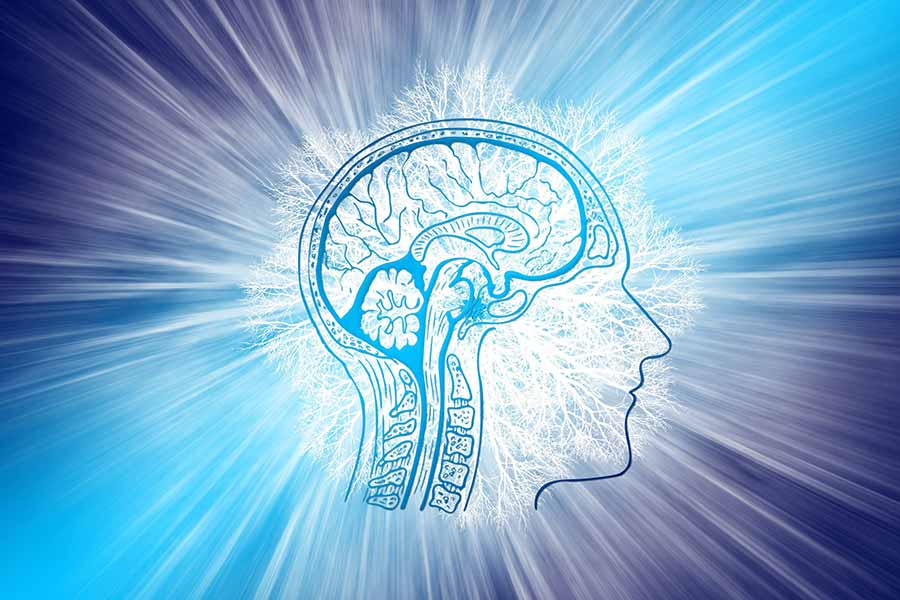When I’m good no one remembers. When I’m bad no one forgets.
This lament rings true for most people. What if you fed your brain with appreciation for yourself? It may sound like cheating, but it works. It won’t win you a Nobel Prize, but it triggers brain chemistry akin to winning. Appreciating yourself is different than something like sending yourself flowers; appreciating yourself builds positive neural pathways that last longer than flowers.
Feeling good is no substitute for action, of course. They’re two separate skills that are both essential. Acting like a good person doesn’t always make you feel good. This is because good feelings depend on the neural pathways you’ve built to the happy neurochemicals (dopamine, serotonin, oxytocin, endorphins). More-developed links to your “happy chemicals” turn on the faucets more easily.
When life hits your brain, you route the experience down one neural pathway or another. The electricity in your brain seeks a path the way water flows downhill, finding the path of least resistance and flowing toward the biggest channels. If your big neural channels lead mostly to your unhappy chemicals, they dominate your response to life experience.
Our unhappy circuits are well-developed for a reason.
The brain evolved for survival, and it scans for things that can go wrong. We might not be here today if our brains were mainly scanning for things to feel good about. But while we face and conquer threats, we also crave happy chemicals.
Your happy chemicals did not evolve to flow all the time. Good feelings evolved to alert you to things that promote survival ok in the state of nature. If you want to coax more happy chemicals from this ancient operating system, you have to create the infrastructure. Fortunately, it’s easy, and it’s free.
All it takes is dwelling on the good. Every time you linger on the thought of something good in your life, you strengthen the neural pathways that conduct electricity to your happy-chemical faucets.
“Good stuff doesn’t happen to me,” you may think. “What if I’m not all that good?” Fortunately, that can make it easier for you to start building – the way an out-of-shape person can easily raise his heart rate when he starts exercising. Small, happy circuits get a boost from small additions.
Exercise develops your happy circuits.
You just need to feed them on thoughts of your own triumphs, be they large or small. Maybe you’ll choose not to do this. Maybe you think other people should make you happy. Perhaps you think it’s weak to be happy. Or you need unhappy chemicals surging to feel like yourself. It’s your brain, so you get to decide. You choose the apps to install in your equipment, and you live with the results.
Getting everything you wish for does not make you feel good. Your brain soon generates new desires, so new feelings of disappointment, frustration, deprivation or inadequacy tend to emerge. Instead of fretting over the old wiring, you can focus on the new wiring you are building. You take steps toward your new desires, and you feel good about the steps. The skill of feeling good keeps building.
Lots more about happy chemicals and the job they evolved to do in my book Habits of a Happy Brain: Retrain your brain to boost your serotonin, dopamine, oxytocin and endorphin levels.

